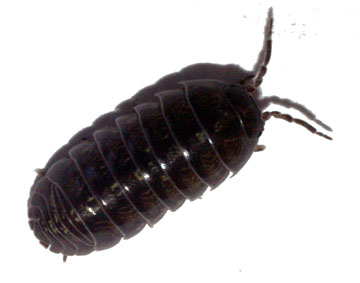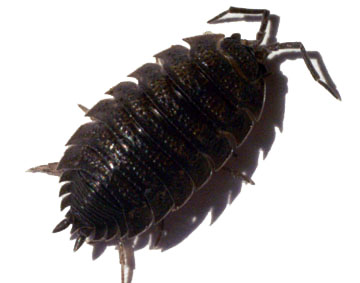Biology involves “the study
of complicated things that give the appearance of having been
designed for a purpose” (Dawkins, 1987). However, “biologists
must constantly keep in mind that what they see was not designed,
but rather evolved” (Crick 1988).
Functions can be thought of in terms of their teleologic purpose
(why they happen) or their mechanism of action (how they happen).
Biology as a scientific discipline deals primarily with how
they happen.
Teleological:
Serving an ultimate purpose in its design. "Teleological"
comes from ancient Greek roots but did not enter English until
the 18th century. It is a compound of the Greek "tele-, telos,"
meaning "end or purpose" + the ending "logos"
meaning the science of or study of” = the study of the ends
or purposes.
Teleological terms such as "function" and "design"
appear frequently in the biological sciences. Examples of teleological
claims include:
• A (biological) function of stotting by antelopes is to
communicate to predators that they have been detected.
• Eagles' wings are (naturally) designed for soaring.
As you think about the behaviors in this experiment, you need
to avoid teleological conclusions.
In these paired statements, one is a teleologic response and
the other is the more correct statement. Identify the correct
statement in each pair.
|
|
1. During physical activity,
oxygen enters muscle tissue from the blood because the:
a) oxygen content inside muscle tissue decreases.
b) muscles require oxygen to produce energy. |
2. Delivery of a baby at the
end of a normal pregnancy occurs because the:
a) baby is developed and ready to leave the womb (uterus).
b) muscles surrounding the womb begin to contract. |
3. Sweating occurs whenever
the:
a) body needs to eliminate excess heat.
b) muscles surrounding sweat glands contract. |
4. Bee flies:
a) look like bees to avoid predators.
b) that look like bees do not get eaten. |
|
5. Red-winged blackbirds:
a) defend their territory by singing.
b) sing to get a mate.
|
| 
Pillbug: Armadillidium vulgare
|
|

Sowbug: Porcellio spp. |
|
Phylum, Arthropoda; Subphylum: Crustaceae Class,
Malacostraca; Order, Isopoda
Pillbugs (Family Armadillidiidae) are often called
sow bugs, but specialists like to reserve the name sowbug
(Family Oniscidae) for some species that look a little like
pillbugs, but can't roll into balls. Both pillbugs and sowbugs
are sometimes known as woodlice.
On the underside, females have leaf-like growths at base
of some legs. These brood pouches hold developing eggs and
embryos. The first two appendages on the male abdomen are
modified as elongated copulatory organs.
Isopods are omnivores or scavengers feeding on dead or
decaying plants or animals. Some may eat live plants.
Isopods breathe with gills.
Can you tell the difference
between pillbugs and sowbugs?
Mouse over the pillbug and
sowbug to see the difference.
How closely related are these
two?
Sowbugs (Oniscus asellus) are
oval or slightly elongate with a flattened body and up to
3/4 inch long. They are wingless, brownish or slate gray,
and possess well-developed eyes, seven pairs of legs and
overlapping "armored" plates that make them look
like little armadillos. Sowbugs have two tail-like structures
on the rear end. Pillbugs (Armadillidium
vulgare) are similar, except they lack the tail-like
appendages and can roll up into a tight ball.
|
|